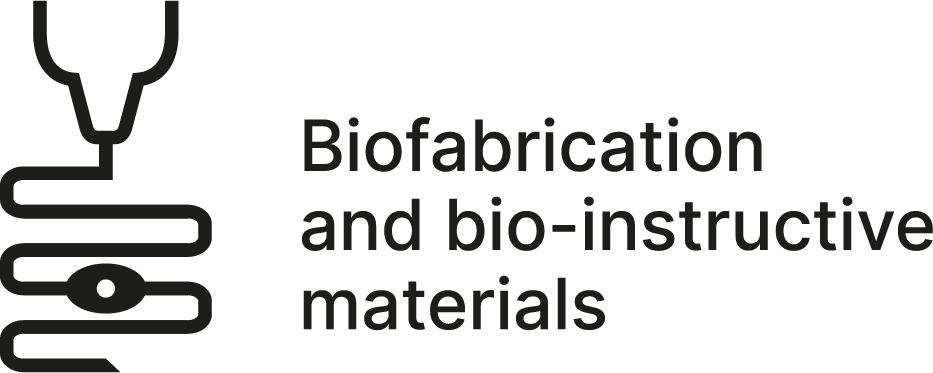
Bone defects including osteoporosis elicit economic and health-care concerns all over the world and bone tissue engineering has the capacity to provide solutions to complications associated with management of osteoporotic treatment. The pathophysiology of osteoporosis relies in an imbalance in bone regulation in which there is an excess or resorption against bone formation. The current treatment for osteoporosis consists of systemic administration of antiresorptive drugs (e.g. bisphosphonates) that inhibit osteoclasts activity, and anabolic agents (e.g. teriparatide) that promote bone formation by stimulating osteoblast activity. In addition, the synergistic integration of therapeutically active growth factors and drug delivery platforms is a promising approach for osteoporosis treatment. Unfortunately, the administration of growth factors is complex and usually results in a therapeutic effect only via supra-physiological concentrations, which in turn can cause adverse reactions in the patient. The development of systems that will ensure safe delivery of these growth factors to promote bone regeneration would definitely improve the osteogenic capabilities. To achieve this goal, This project proposes to incorporate growth factors, antibiotics, progenitor cells, signalling molecules or enzymes into bioinks with the aid of microsphere particles to ensure sustained release then printed in water bath solution of the cross-linking agent. All these processes are geared towards to promoting osteo-conductivity.
Project involvement:
Funded by:
NCN (OPUS grant no. 2020/37/B/ST5/00743), NAWA (Polish Returns grant no. PPN/PPO/2019/1/00004/U/0001)

